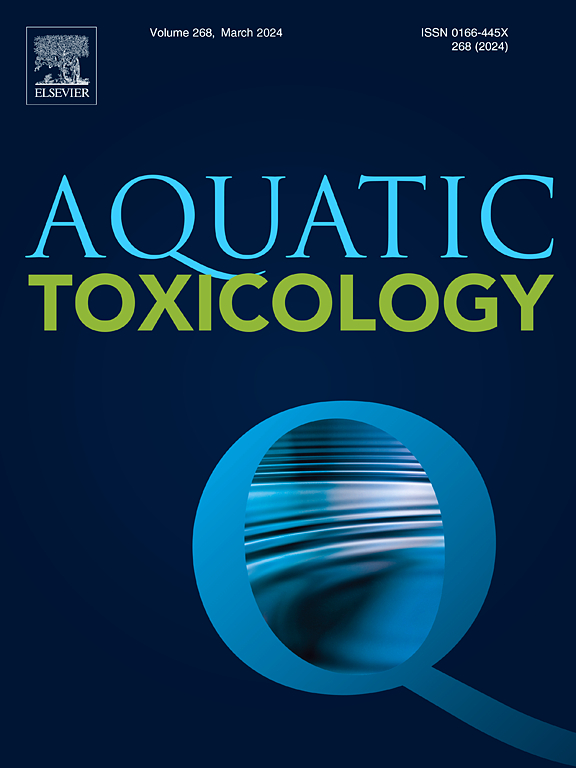Effect of microplastics on the demography of Brachionus calyciflorus Pallas (Rotifera) over successive generations
Abstract
Microplastics (MPs) are becoming increasingly common in freshwater ecosystems. Rotifers may involuntarily ingest MPs through non-selective filtration, thus causing non-real satiety, leading to adverse effects on their demography. Here, we evaluated the acute and chronic effects of MPs (30 µm) on two successive generations of Brachionus calyciflorus s.s. at 20 and 25 °C. Demographic variables and ingestion rates were compared in the absence and presence of microplastics (550 spheres mL-1). For the life table experiments, cohorts of twenty neonates were introduced into 20 mL medium with four replicates per treatment. Ingestion rates of the rotifer were tested at both test temperatures in the absence and presence of the microplastics in 20 mL containers with 1 ind. mL-1 per container. The rotifer population growth rates ranged from 0.55 to 1.05 d-1 depending on the treatment. MPs decreased the fecundity by 20–24 %. The average lifespan of rotifers exposed to MPs in the F0 generation was lower than that in the F1 generation at both temperatures, indicating that pre-exposure of mothers may offer some protection to the offspring. The population growth rate was higher at 25 °C. The ingestion rates were significantly lower in the presence of the microplastics. Our observations indicated that this strain of B. calyciflorus was better adapted to 20 °C; microplastics and higher test temperature resulted in a pronounced changes in the demographic variables of the rotifer.


 求助内容:
求助内容: 应助结果提醒方式:
应助结果提醒方式:


